|
|
|
|
|
|
|
|
Photo Gallery for Eurycea guttolineata - Three-lined Salamander
| 17 photos are shown. |
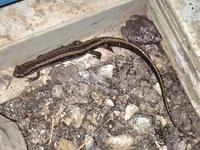 | Recorded by: Steven Joyner & Michael P. Morales
Cumberland Co. |  | Recorded by: Steven Joyner & Michael P. Morales
Cumberland Co. |
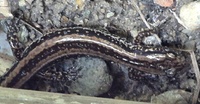 | Recorded by: Steven Joyner & Michael P. Morales
Cumberland Co. |  | Recorded by: Mary Stevens
Harnett Co. |
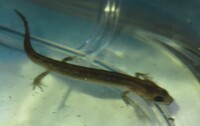 | Recorded by: B. Bockhahn
United States Co. | 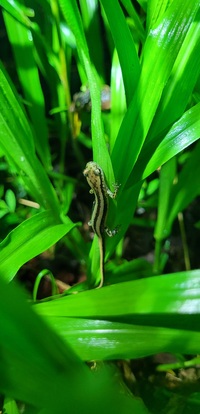 | Recorded by: Andrew W. Jones
Polk Co.
Comment: Observed climbing some herbaceous plants growing alongside a spring-fed brook during a rainy night. |
 | Recorded by: J. Perry
Stokes Co. |  | Recorded by: Robert Deans
Beaufort Co. |
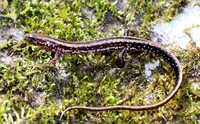 | Recorded by: Rob Van Epps
Mecklenburg Co. | 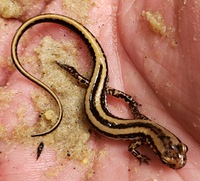 | Recorded by: Russel James & Jacob Brown
Cumberland Co. |
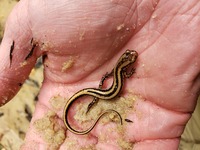 | Recorded by: Russel James & Jacob Brown
Cumberland Co. | 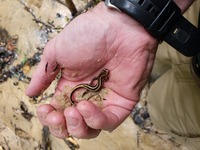 | Recorded by: Russel James & Jacob Brown
Cumberland Co. |
 | Recorded by: Owen McConnell
Durham Co. |  | Recorded by: Steve Hall and Harry LeGrand
Vance Co. |
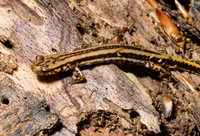 | Recorded by: Steve Hall and Harry LeGrand
Vance Co. | 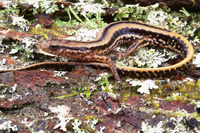 | Recorded by: Jim Petranka
Buncombe Co. |
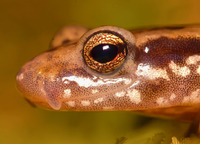 | Recorded by: Jim Petranka
Buncombe Co.
Comment: Note the nasal cirrus and nasolabial groove on this specimen. |

 »
»




 »
»


